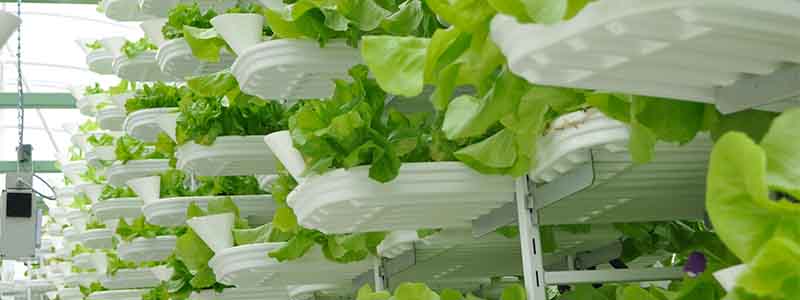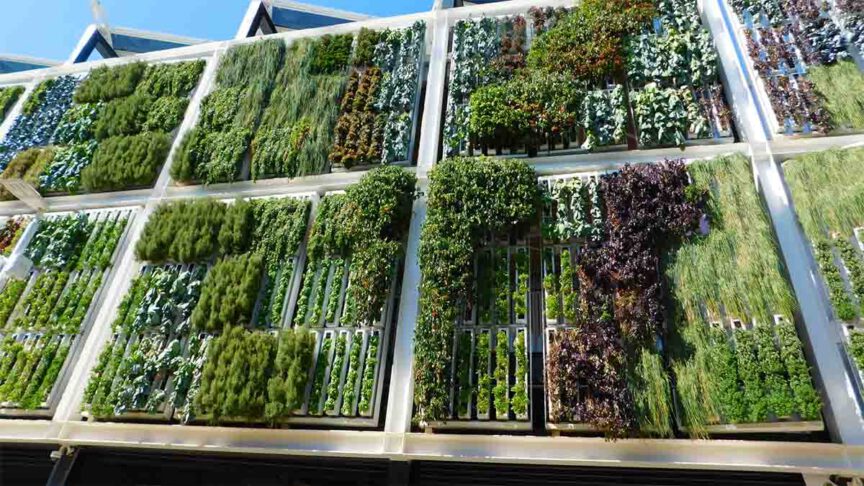What is Vertical Farming?
Vertical farming is no rocket science. It simply involves growing by stacking planes of crops over each other. It minimizes space requirement when you need to plant numerous crops.
Vertical farming is mostly practiced indoors because it facilitates plant growth all year round. Vertical farming requires less than 65% of the water demands of soil agriculture! This makes it a suitable farming method for drought-prone areas.
Are you constrained by availability of growing space? The yields from your 1 acre vertical farm is equivalent to the yields you’ll get from your 4-6acres outdoor soil garden. Yes, vertical farming is that fantastic! You can plant your lettuces, tomatoes and other green vegetables on your vertical farm.
Even though vertical farming requires less labor and space, it is only available for crop with minimal sizes. Vertical farming also depends on a lot of technology and that makes it cost intensive.
Combining Vertical Farming with Hydroponics
Hydroponics involves growing plants using a nutrient based solution instead of the conventional soil method. Hydroponics farming increases crop yields, but when applied to vertical gardening, it becomes more interesting! Here is a more detailed explanation about Hydroponics in general.
Resources are conserved while plant yield multiplies. Vertical hydroponics slightly differs from the rest systems of hydroponic because in this method, you need gravity to pump the nutrient-based solution from the reservoir up to the top tiers.
In Hydroponics, your reservoir could be fitted in a shallow pit to minimize evaporation and also keep the temperature of the nutrient-based solution optimal. There are different nutrient solutions used in hydroponics. They include SNAP, Water soluble fertilizer, and Fruit-Extract based fertilizer.

Using the NFT Technique
The nutrient filter technique (NFT) uses a submersible pump fixed in your reservoir to pump your nutrient mix to the top tiers of your A-frame vertical garden. The structure of the vertical farm involves placing PVC pipes over one another and attaching them to a frame.
The water is pumped to the top tier of the frame and collected in the lowest frame before being passed back the reservoir in a drainage pipe. Basically, the water is recycled round the structure.
The PVC pipes used are painted in white to reflect heat and keep the temperature of the nutrient- based solution in them optimal. Angle bars are used to hold the PVC pipes in layers.
You should reasonably determine the spacing between the PVC pipes in your NFT system based on the size of the plants you’ll be growing. The plants are fixed in netpots. The netpots are fitted in holes inside the PVC pipes.
Water is pumped from your reservoir into the PVC pipes starting from the top tier of the A-frame. A filter is attached to the pipe that carries water outside the reservoir to cleanse the water.
This system is quite effective as it ensures adequate availability of the nutrient water to the top tiers of the frame. It requires little amount of water. You should get a 400 gallon (~ 1,514 liters)/hour pump if you are practicing on a small scale.
In mounting your pipe, the end that gets fed with water should be higher than the end that drains the water. It helps the water maintain a correct level within the pipe.

